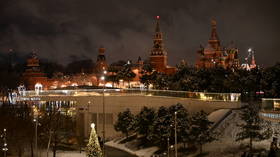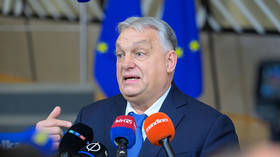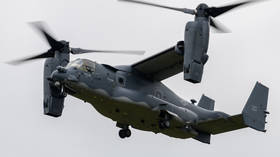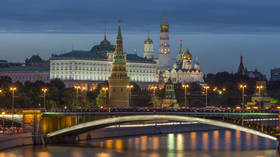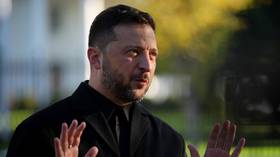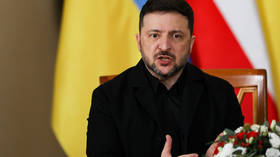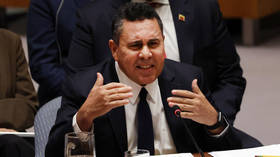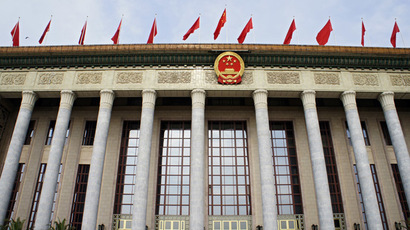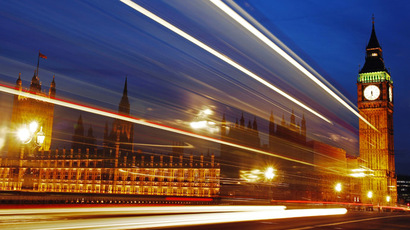Teargas and pepper spray as thousands-strong Hong Kong protest turns violent

Hong Kong police used tear gas and pepper spray on a crowd of pro-democracy protesters who ignored warnings and blocked the city’s main highway. The violence came after several days of student protests.
Tens of thousands of pro-democracy protesters have besieged the Hong Kong government headquarters in a protest against Beijing’s decision to restrict a democratic election in the city.
Local law enforcement had to use force to disperse protesters in the city's Admiralty district near the main government offices, where they have been camping out throughout the weekend.
As the crowd ignored police warnings, charging barricades and refused to leave, blocking a key road, security forces went ahead and used tear gas and pepper spray. The measure, however, turned out to be counterproductive as protesters regrouped and spread briefly after the crackdown.
TEAR GAS #OccupyCentralpic.twitter.com/tHqNuXtaVK
— Phila Siu (@phila_siu) September 28, 2014
Many of the protesters had goggles or covered faces with masks, and protected themselves with raincoats and umbrellas against the pepper spray.
Protesters all the way to Central now; very tense standoff. Crowd angry as tear gas fired again. #OccupyCentralpic.twitter.com/eGzYKTmAfo
— Tesa Arcilla (@TesaArcilla) September 28, 2014
Students started their protest September 22, but by early Sunday they were supported by leaders of the broader Occupy Central civil movement, who said they were joining them to start a longer mass sit-in.
“@MengJiangAle: #hongkong#protest#OccupyCentral#hk926 causeway bay 11pm more and more people joining the sit in pic.twitter.com/JO3FBublQU”
— Tesa Arcilla (@TesaArcilla) September 28, 2014
"Occupy Central has formally begun," the movement said in a statement Sunday. "The two nights of occupation of Civic Square in Admiralty have completely embodied the awakening of Hong Kong people's desire to decide their own lives."
Following the night clashes, police arrested more than 70 people. Nearly 30 people were injured, according to security forces.

Protests in Hong Kong have erupted as people are angry about restrictions that Beijing imposed on the process of the elections of the city’s leader. People of the Hong Kong Special Administrative Region want to elect its chief executive by universal suffrage starting from 2017. But On Aug. 31, the Standing Committee of the National People’s Congress ruled that candidates for the vote would have to be first approved by a nominating committee controlled by Beijing. Protesters argue that the measure contradicts true democracy.

Hong Kong Chief Executive Leung Chun-ying who addressed the crowd on Sunday afternoon said the demonstration was "illegal" and elections would go ahead as planned.
"I and my government will, in accordance with the Basic Law and the relevant decision of the NPCSC, try our very best to implement the election of the chief executive by universal suffrage in 2017," he said, calling Beijing’s order an “important step towards the constitutional development of Hong Kong.”
CY Leung vowed to handle the protest in accordance with the law, while police threatened to use “a higher degree of force” in case protesters do not obey the order.
"The police are determined to handle the situation appropriately in accordance with the law," Leung said.
Reuters reports that some student organizers warned the crowd that police could return with rubber bullets.

This recent violence is seen in Hong Kong as the most serious civil disobedience action since 1997, when the area joined China under agreement to have "one country, two systems".
According to Reuters, Hong Kong police had not used tear gas in Hong Kong since breaking up World Trade Organization protests against South Korean farmers in 2005.


